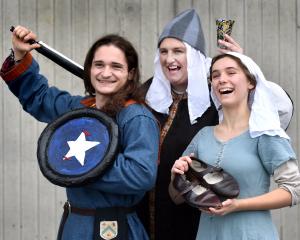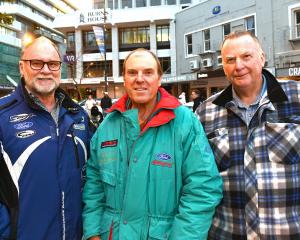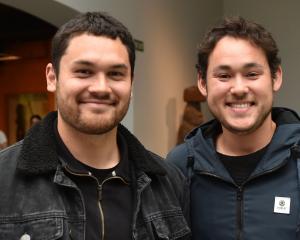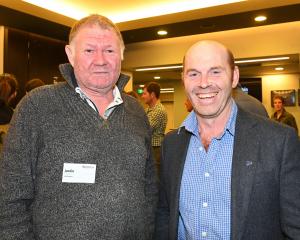Western academia's fascination with Pitcairn and Norfolk Islands says more about academia than about the remote outposts on which its gaze was fixed, visiting researcher Adrian Young says.
For his history of science PhD at Princeton University, in the United States, Mr Young (28) is focused on the people who studied Pitcairn and Norfolk Islands through history.
In their own ways, both places were seen as a ''natural laboratory of humanity'' because of their unusual history and small gene pool.
Norfolk was a microcosm of colonial settlement, as it was settled by Pitcairners in 1856 because of fear over a lack of resources on Pitcairn, which was itself settled nearly seven decades earlier by the mutineers of the Bounty.
The body of work from various writings and field trips formed its own history of science and its practitioners, as well as prevailing fashions and political trends in the West.
Research interests sometimes reflected ''dark'' aspects of Western culture; for instance, the island was viewed with interest by eugenicists when the idea was in vogue in Western countries.
It was surprising the extent to which supposedly scientific researchers were swayed by myths about the islanders, he said.
He planned to visit both islands for the first time later this year.
His study brought him to Dunedin because of the work of the late University of Otago archaeologist Peter Gathercole, who led an exhibition to Pitcairn in 1963-64.
Mr Young was studying artefacts housed at Otago Museum gathered on that expedition and also items acquired through other means.
He spent four days in Dunedin and a month in New Zealand. Most of his visit was spent in Wellington.













